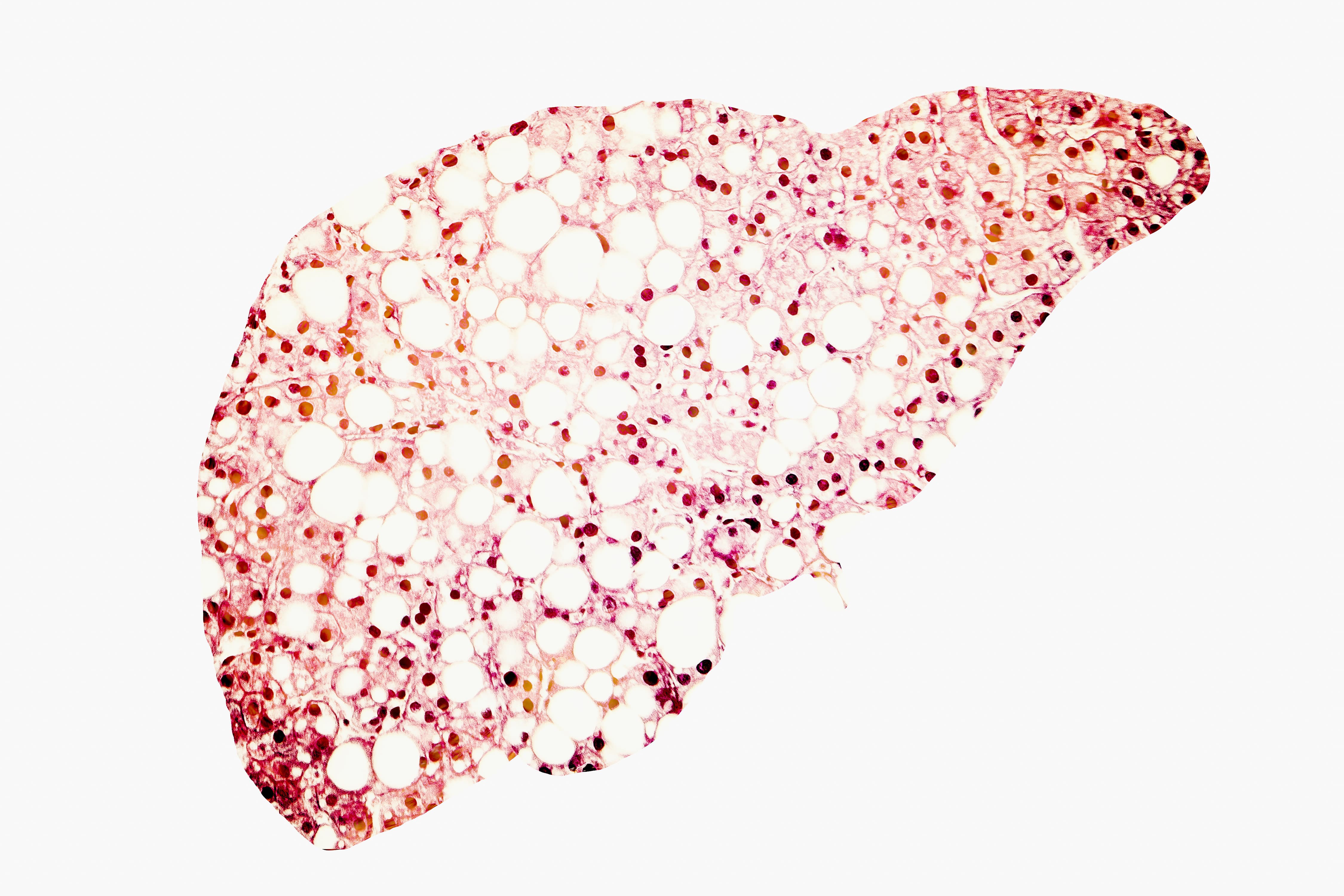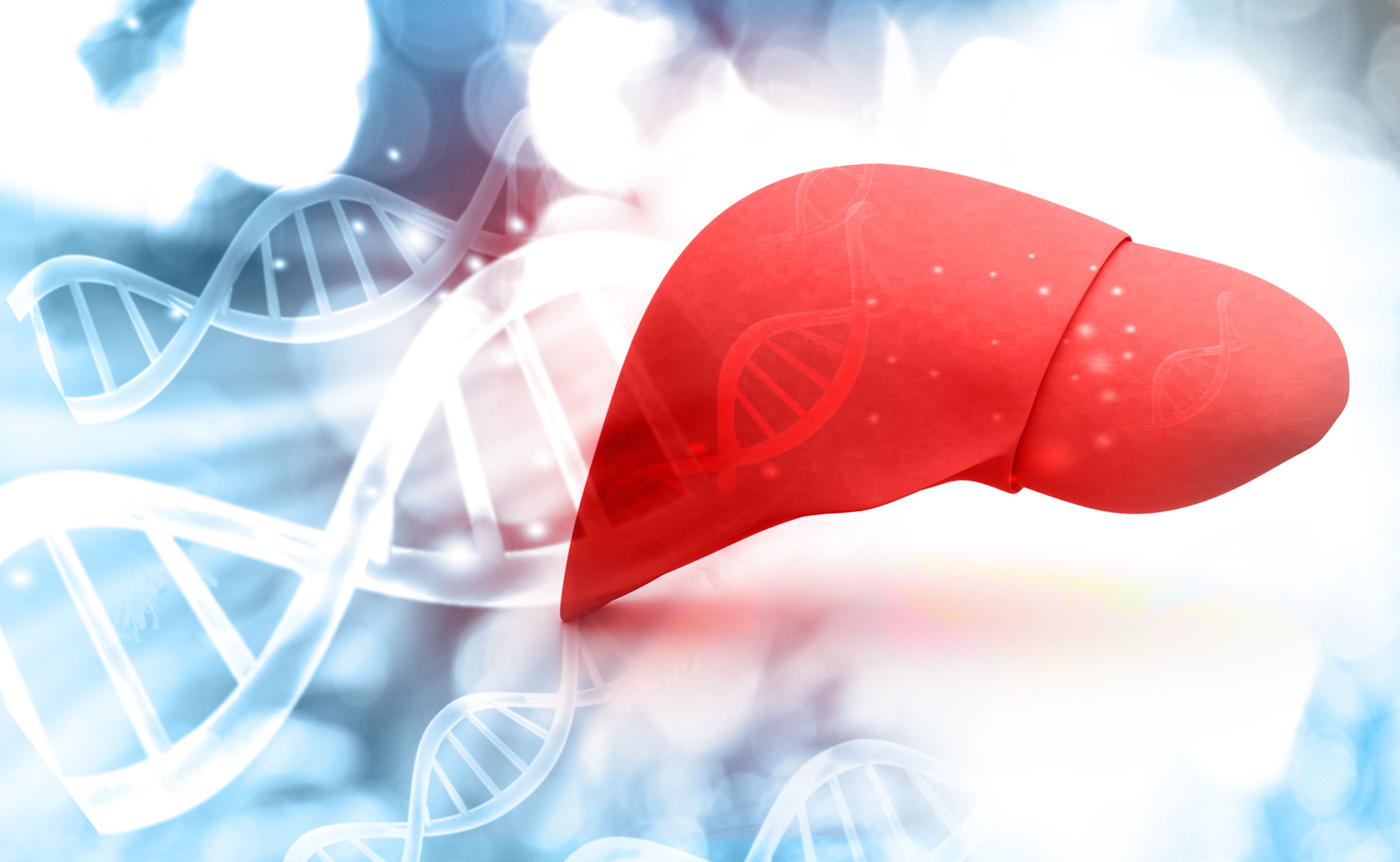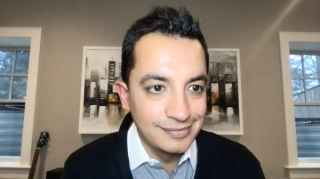
Cholangiocarcinoma
Latest News

Latest Videos
Podcasts
CME Content
More News
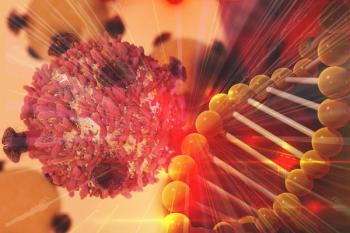
A survival benefit was elicited with the use of pemigatinib when used for patients with previously treated advanced cholangiocarcinoma who had an FGFR2 fusion or rearrangement.

It is unclear what role treatment plays in affecting hepatocellular carcinoma (HCC) risk, the authors found.

Intrahepatic and perihilar cholangiocarcinoma, in particular, grew faster in young patients than in older patients.

A new report consolidates existing research on hilar cholangiocarcinoma resection, but finds more work is needed to better evaluate the efficacy of robotic surgery in these patients.

A new report finds inflammation scores can predict outcomes among patients receiving immunotherapy for intrahepatic cholangiocarcinoma (ICC).
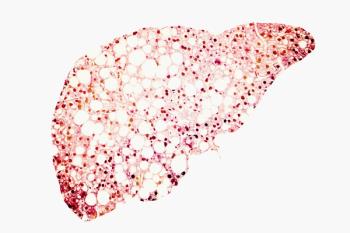
Risk for individual hepatobiliary cancers varies from comorbidity to comorbidity, researchers found.

The survey of European hepatologists demonstrates the lack of clarity in guidelines.

Patients in the highest risk category had a 65% chance of recurrence of their perihilar cholangiocarcinoma (PHCC) within 1 year, this new study has found.

Only about 11% of patients received care meeting a composite quality metric, a study found.

A small study suggests that comprehensive genomic profiling can help with clinical decision-making and predicting clinical outcomes in advanced biliary tract cancer, but further research is needed.
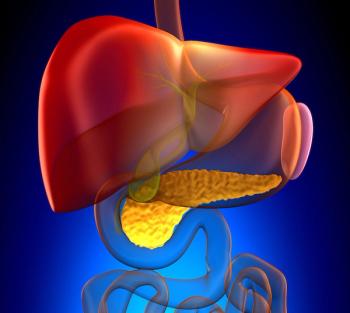
The rare condition can easily be confused with hepatocellular carcinoma, but immunohistochemical studies can help accurately diagnose intrahepatic sarcomatoid cholangiocarcinoma.

About 4 in 10 patients do not receive curative therapy despite early detection, a new study shows.

The findings suggest that sequential mutant IDH inhibitor therapy might be one way to fight resistance in metastatic intrahepatic cholangiocarcinoma (IHCC).
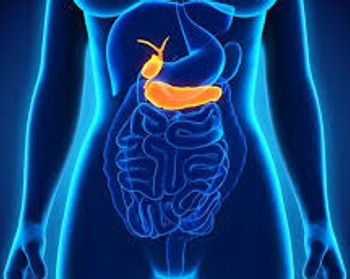
An estimated 1 in 4 patients treated with durvalumab and chemotherapy (gemcitabine plus cisplatin) was alive at 2 years compared with 1 in 10 treated with chemotherapy alone, with these results contributing to the FDA's approval of the first immunotherapy to treat these cancers.

The increase in the incidence of hepatocellular carcinoma in Louisiana was nearly double that of the United States as a whole between 2005 and 2015.

New research suggests Nestin expression can help distinguish combined hepatocellular-cholangiocarcinomas (CCAs) from hepatocellular carcinomas and intrahepatic cholangiocarcinomas.

The procedure can be beneficial prior to chemotherapy, but it also has high rates of complications, this new analysis shows.

A new report offers insights from a multidisciplinary team of experts on intrahepatic cholangiocarcinoma (iCCA).

A case report shows the potential of hepatopancreatoduodenectomy for certain patients who might otherwise be thought to have unresectable tumors
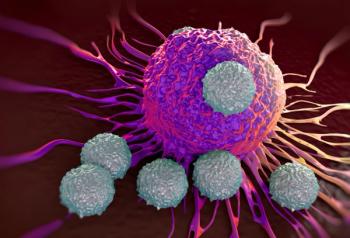
The therapy for intrahepatic cholangiocarcinoma (ICC) led to responses in about a quarter of patients and disease control in 85%.
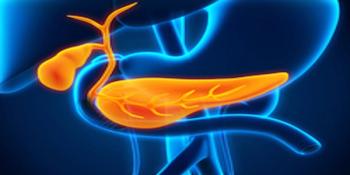
The combination is approved to treat hepatocellular carcinoma (HCC), but this case report suggests it can also work for combined HCC and cholangiocarcinoma (CHC).

Investigators say classification based on magnetic resonance imaging can predict a patient’s risk of recurrence for intrahepatic cholangiocarcinoma (iCCA).

Clinical trials and targeted agents do not appear to affect health care–related quality of life, however.

A new review article notes efforts to diagnose cholangiocarcinoma (CCA) early are hampered by a lack of biomarkers.

The tool could help clinicians better screen patients for adjuvant chemotherapy following curative resection for intrahepatic cholangiocarcinoma (ICC).

